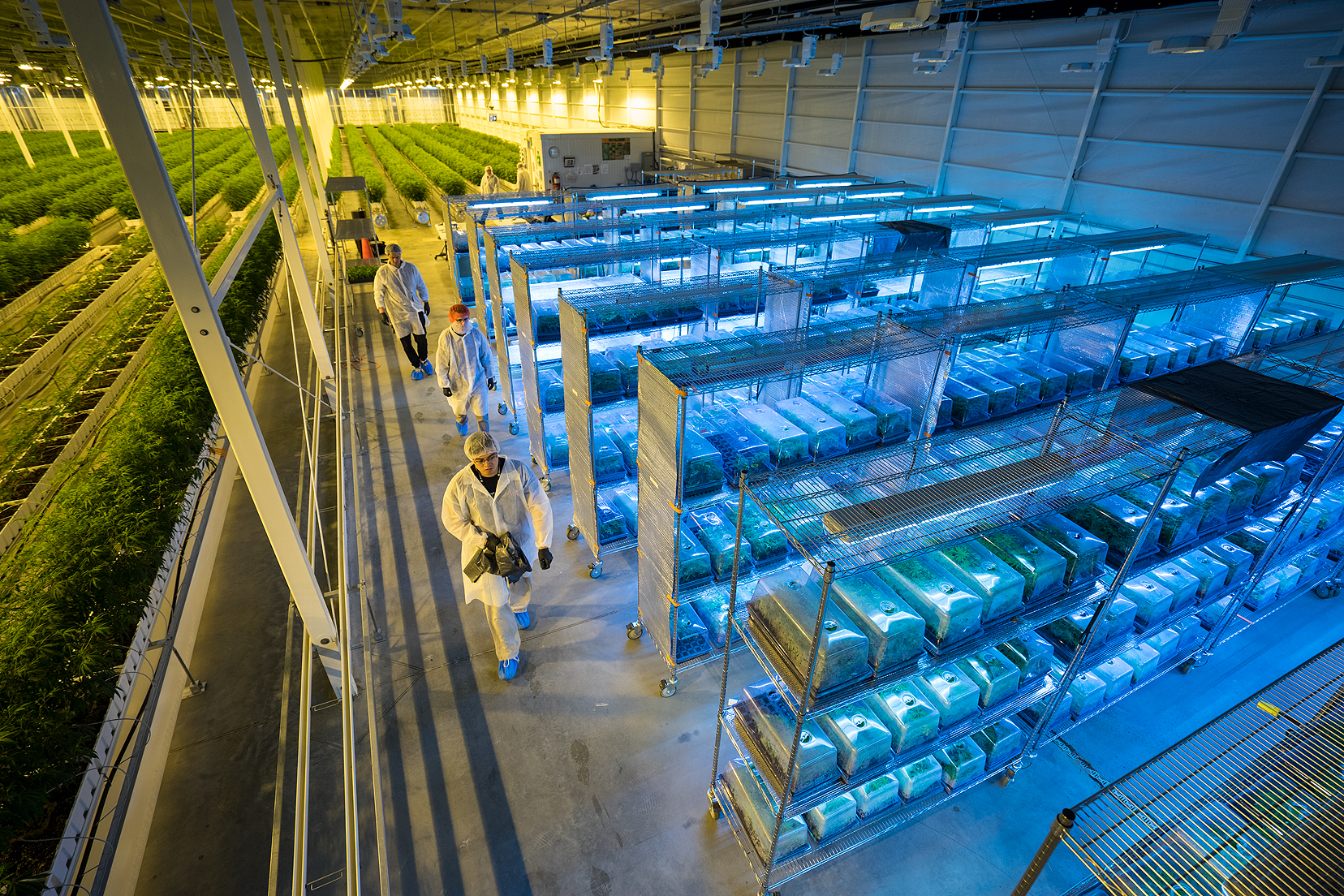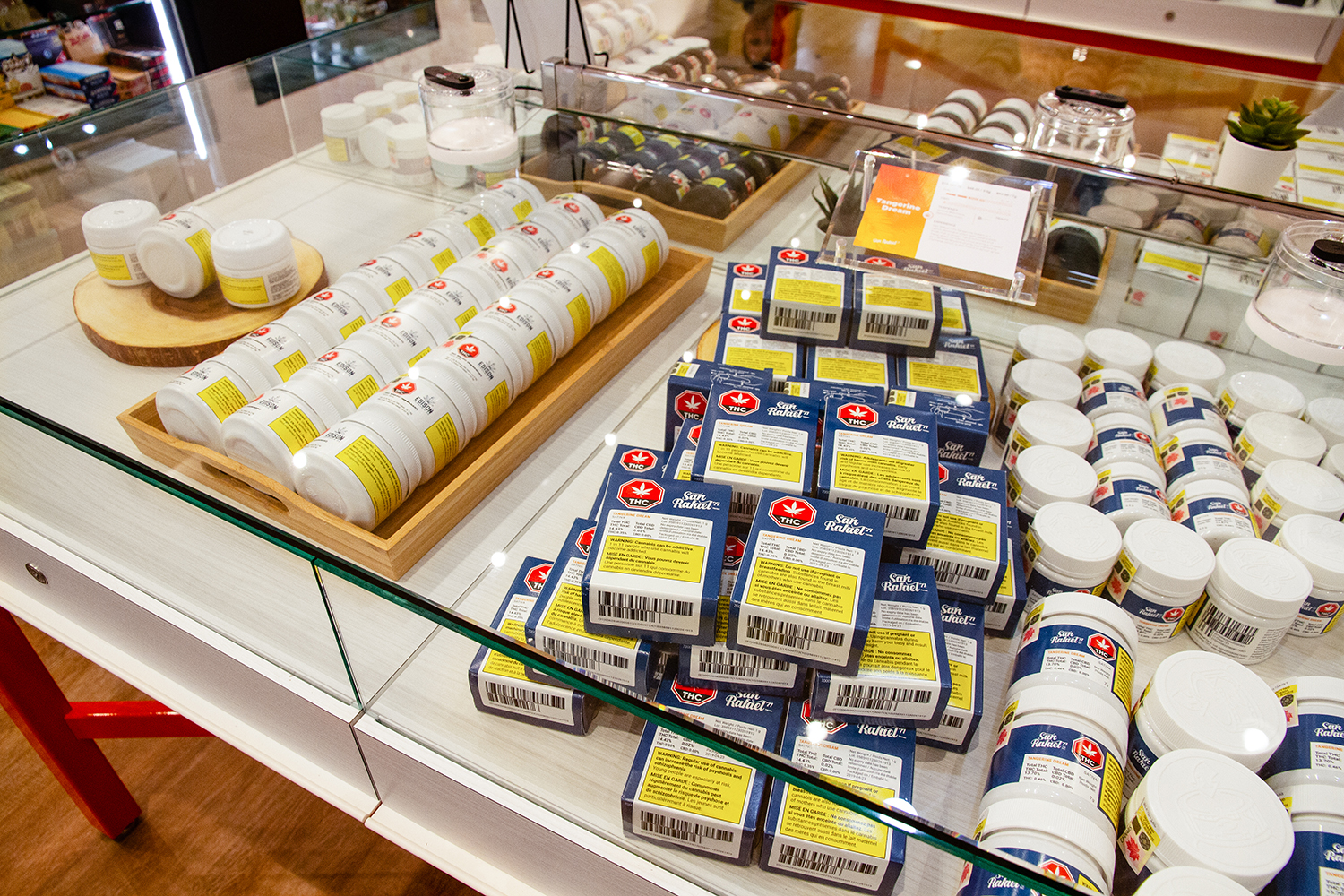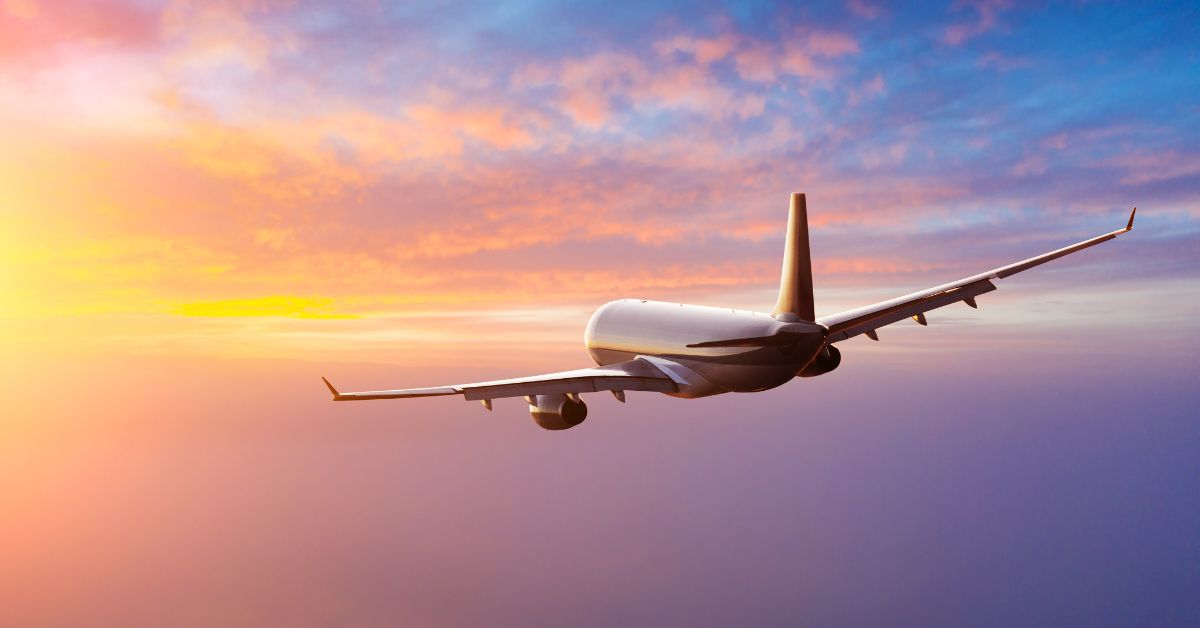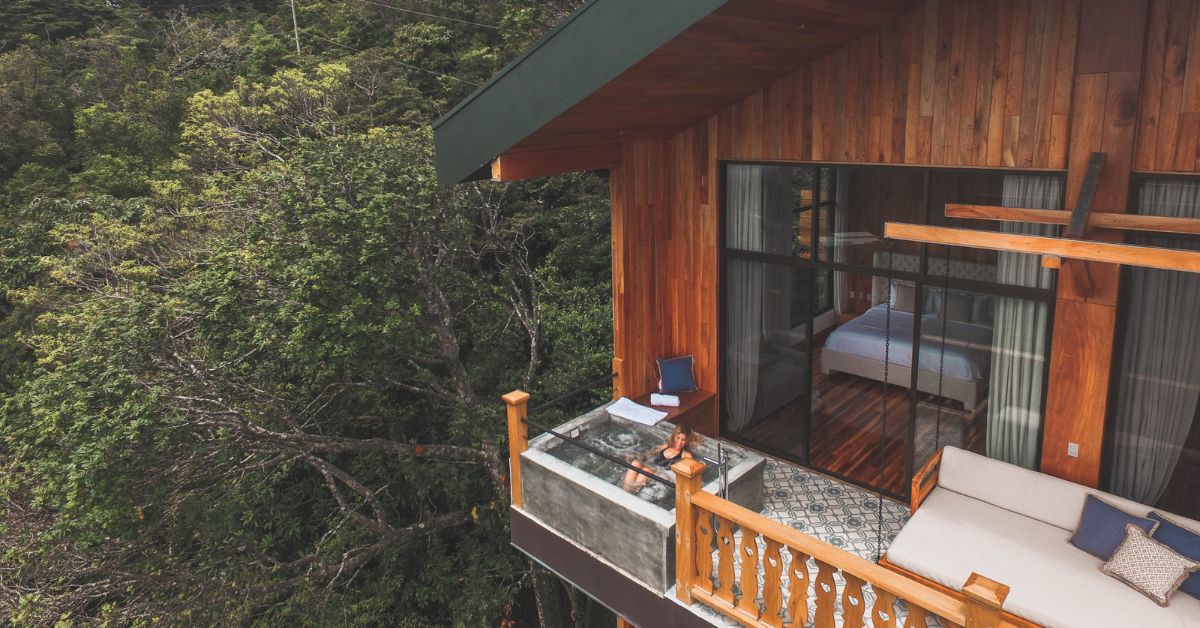Andy Palalas, of High Tide Inc., runs thirty-six legal cannabis retail locations. He employs hundreds of people and sells millions of dollars of cannabis every week. Andy isn’t as well-known as others in our industry, from celebrities like Seth Rogen or Mike Tyson or business lords like Bruce Linton and Terry Booth, men at the helm of Aurora and Canopy Growth during the nascent days of our industry. However, Palalas is still in the legal cannabis industry and, as he’s done since 2016, fights to preserve the great cannabis culture in the legal industry he loves. It’s what fuels his work.
“The best way to fight the illicit market—yes, it’s price and quality, but it’s also about bringing back culture to legal weed. Legal cannabis has to focus on creating an authentic cannabis experience,” says Palalas, who came into cannabis by bringing smoking accessories to market with Paramount Pictures and Snoop Dogg. “Every day we put culture into cannabis in an accessible way—it’s not just for the wealthy, for the rich. Cannabis is for the people and the culture is for everybody that chooses to participate in it. We celebrate that in our industry—we have to—if we want to do our jobs right.”
The culture of cannabis is a powerful and enduring thing. It’s timeless as a medicine and current as a trend and has been prevalent in everything from Rastafarian culture and Woodstock to Timothy Leary and Benjamin Franklin. In Canada, cannabis is sold legally on Indigenous reserves and government-licensed retail locations, from coast to coast to coast. Kevin Anderson is the master grower for Broken Coast, arguably the most popular brand amongst weed connoisseurs. Based in Duncan, British Columbia, Anderson puts his heart into his strains and grows a product he imbues with love. It’s made Broken Coast shorthand for quality weed.
“We stand for growing the highest-quality cannabis we can, and we don't cut any corners in our pursuit of growing premium bud,” says Anderson, who began Broken Coast with three friends in 2013. “Cannabis culture, for me, is a wholesome lifestyle. It’s a way for me to enhance my life, without alcohol,” adds Anderson, a mountain biker who says the culture in British Columbia is much more open about cannabis than life back in his native England. He says, “I like a mellow, holistic lifestyle and I like to enhance it with weed and I’m proud to be part of the culture, to be in service of the culture. I only grow a product I’d like to consume.”


The best way to fight the illicit market—yes, it’s price and quality, but it’s also about bringing back culture to legal weed.
San Rafael ’71 is the flagship flower brand of the Aurora portfolio and it’s named for the mythical stash that was buried out in San Rafael, California—the weed behind the 4:20 story. When Aurora was first launching, San Rafael ’71 and its nod to the culture, was seen as a foundation of what the company wanted to portray. According to Dr. Jonathan Page, the chief science officer of Aurora, celebrating the culture of cannabis is essential for the legal cannabis industry. It only makes sense to recognize the people and places who first blazed the trail.
“Growing up on Vancouver Island, I was very connected to the cannabis world and after I got into cannabis science, I traveled to Humboldt country and spent time with the guys who brought back the first Kush seeds from Pakistan in the early ‘70s,” says Dr. Page, whose intent is to use science to help scale breeding techniques and unlock terpene structure in his cannabis plants.
“Whether it’s cannabinoid content in medical products or new flavours on the enjoyment side, I think science and data can only help build upon what’s already been done in cannabis. My hope is the legal system can add to the culture by using a scientific approach.”

The legal system is a made-in-Canada success story, no, it’s not perfect. It remains a work-in-progress, and there’s still more that we need to do around inclusivity, especially pertaining to women and minorities. However, perhaps we don’t spend enough time pumping out our chest for all that we’ve accomplished. Recreational cannabis was made an essential Canadian service during the COVID-19 pandemic. Think about that. It was illegal before October 17, 2018. Together, we’ve made history. The legal cannabis system—your system—is like the opposite of sticky Broken Coast bud. We believe it’s getting better with age.
“We love the legacy market narrative and know the cannabis industry has come a long way and didn't magically spring out of the heavens on October 17,” says Andy Palalas. “What we’re trying to do is take all the good things of pre-legalization time and all the good things about legalization and meld them together into the world-leading cannabis environment. For legal weed in this country, that’s what Canada is supposed to be.”







